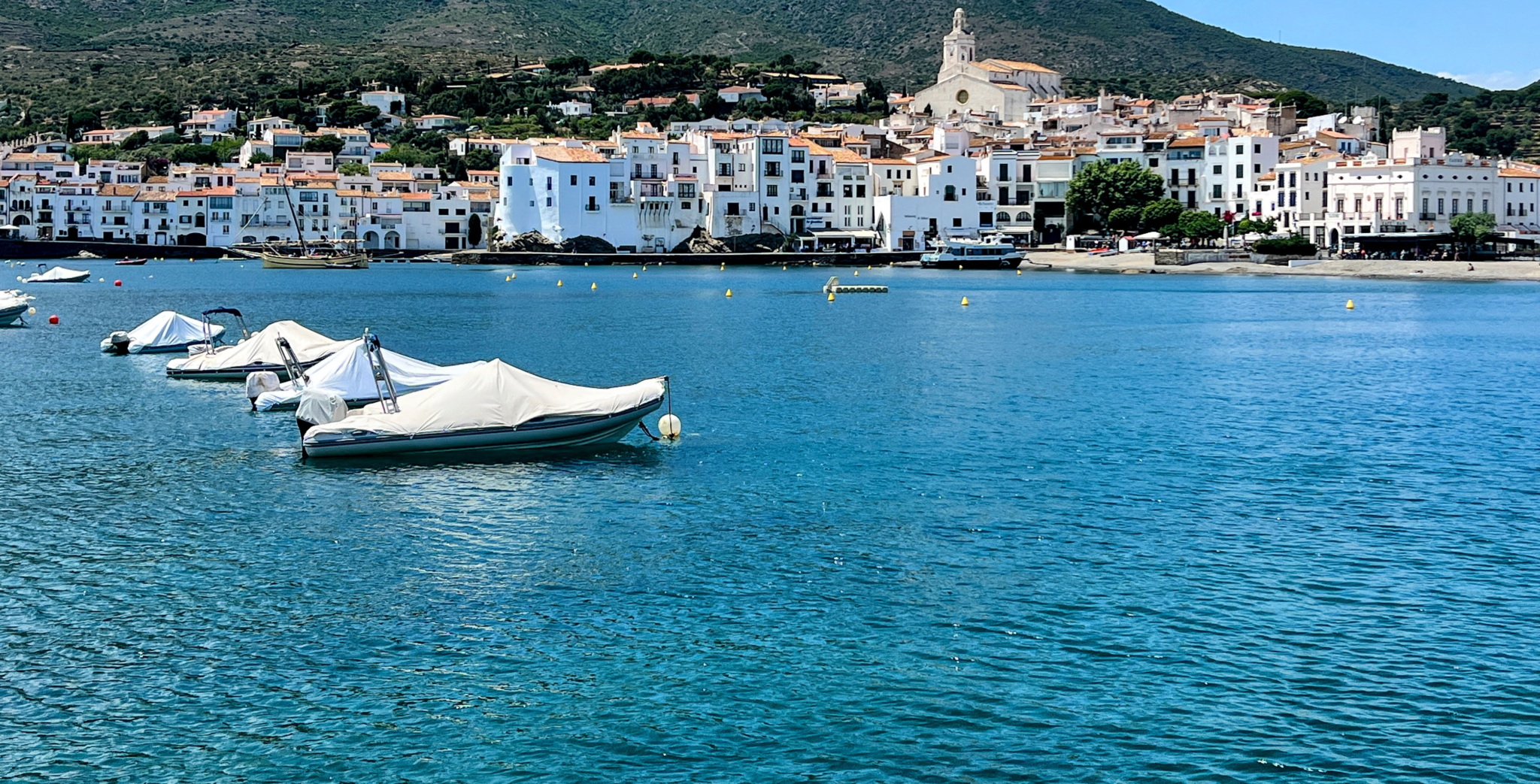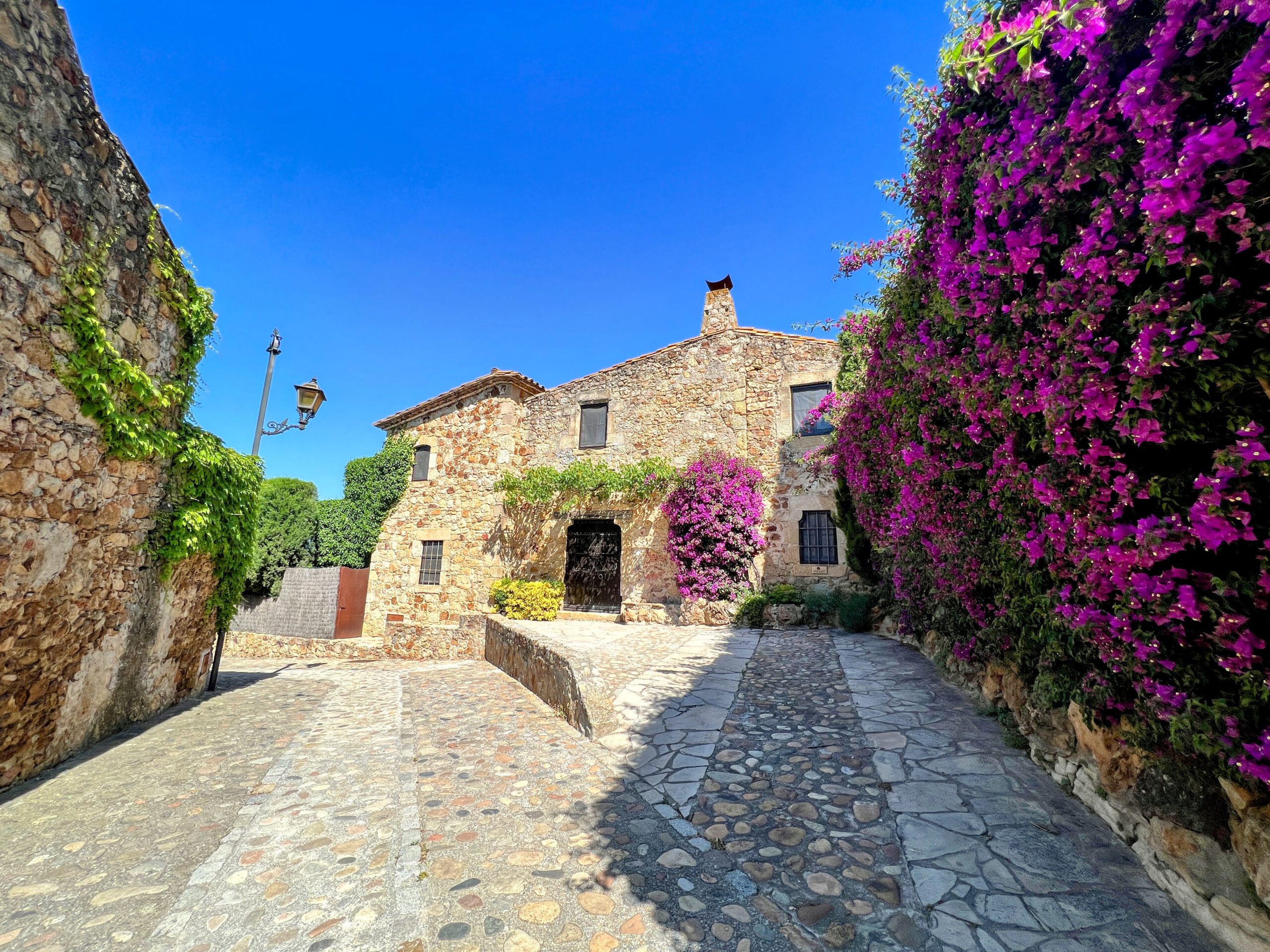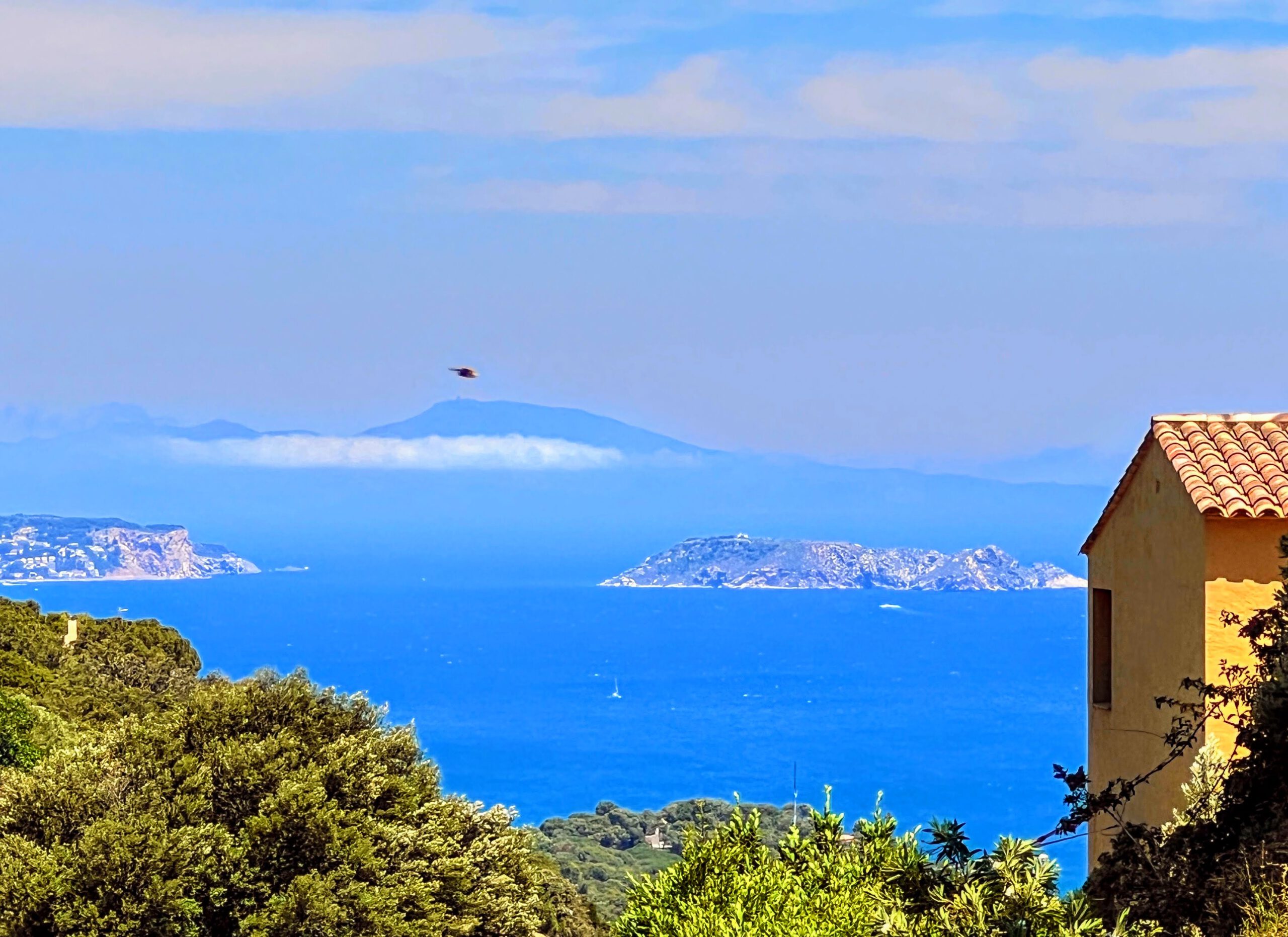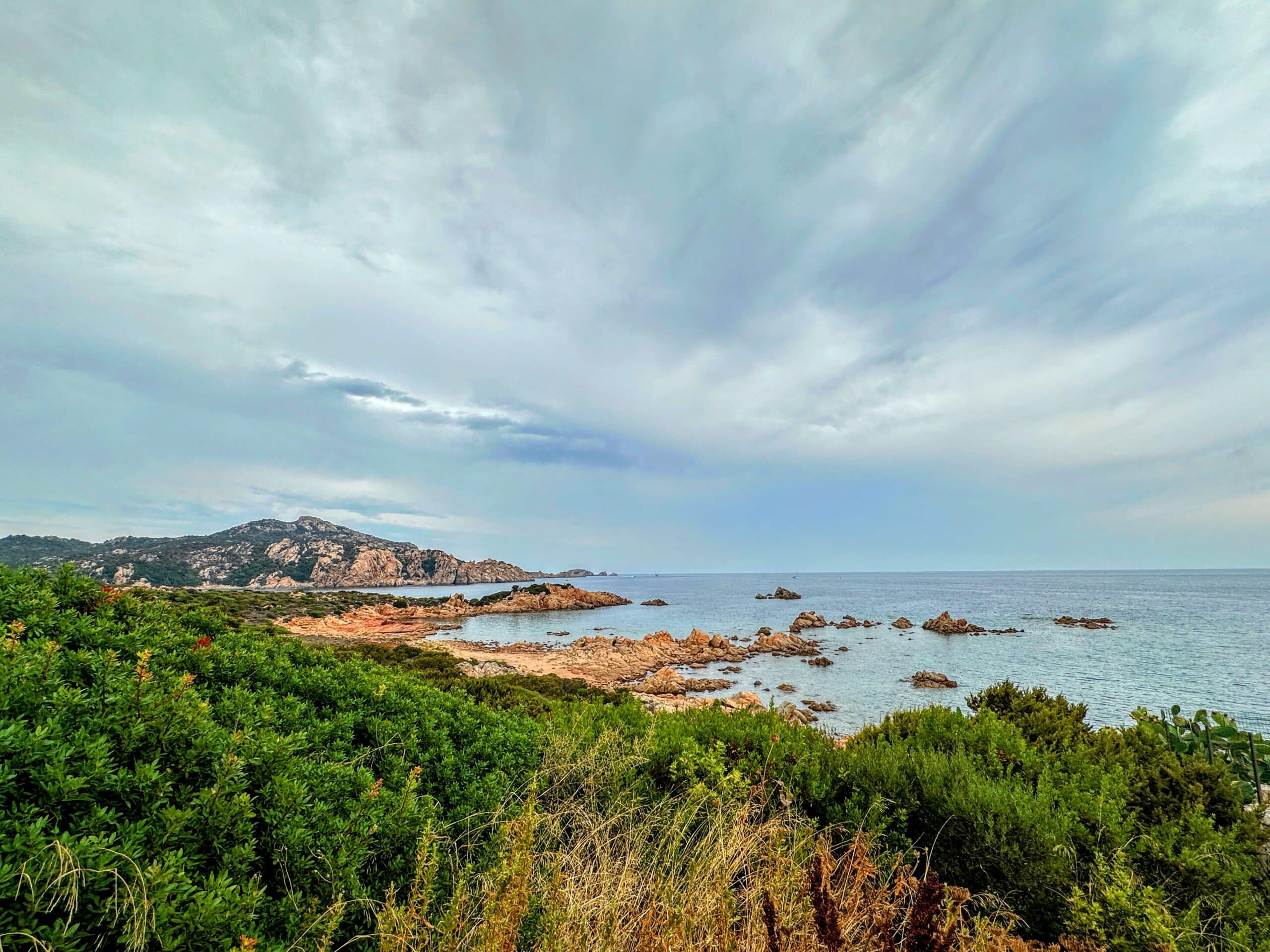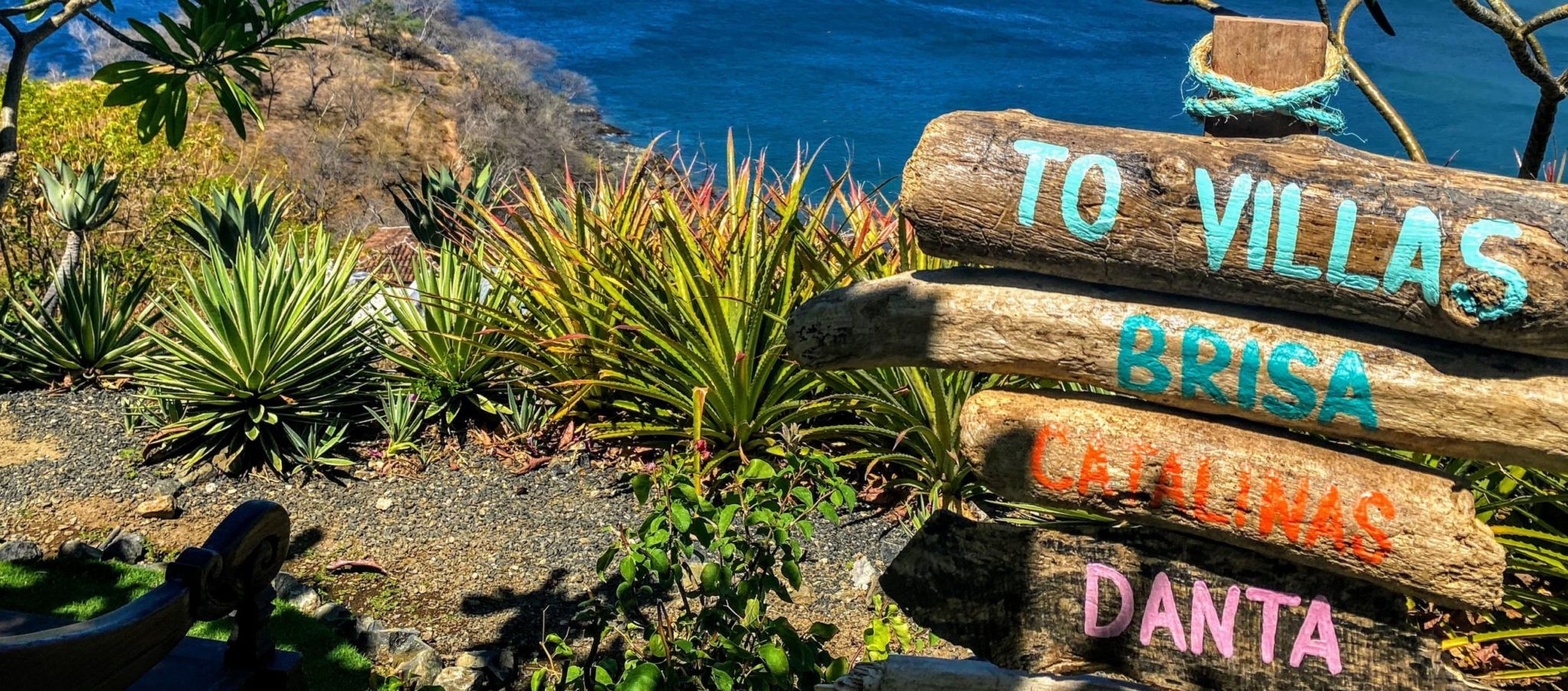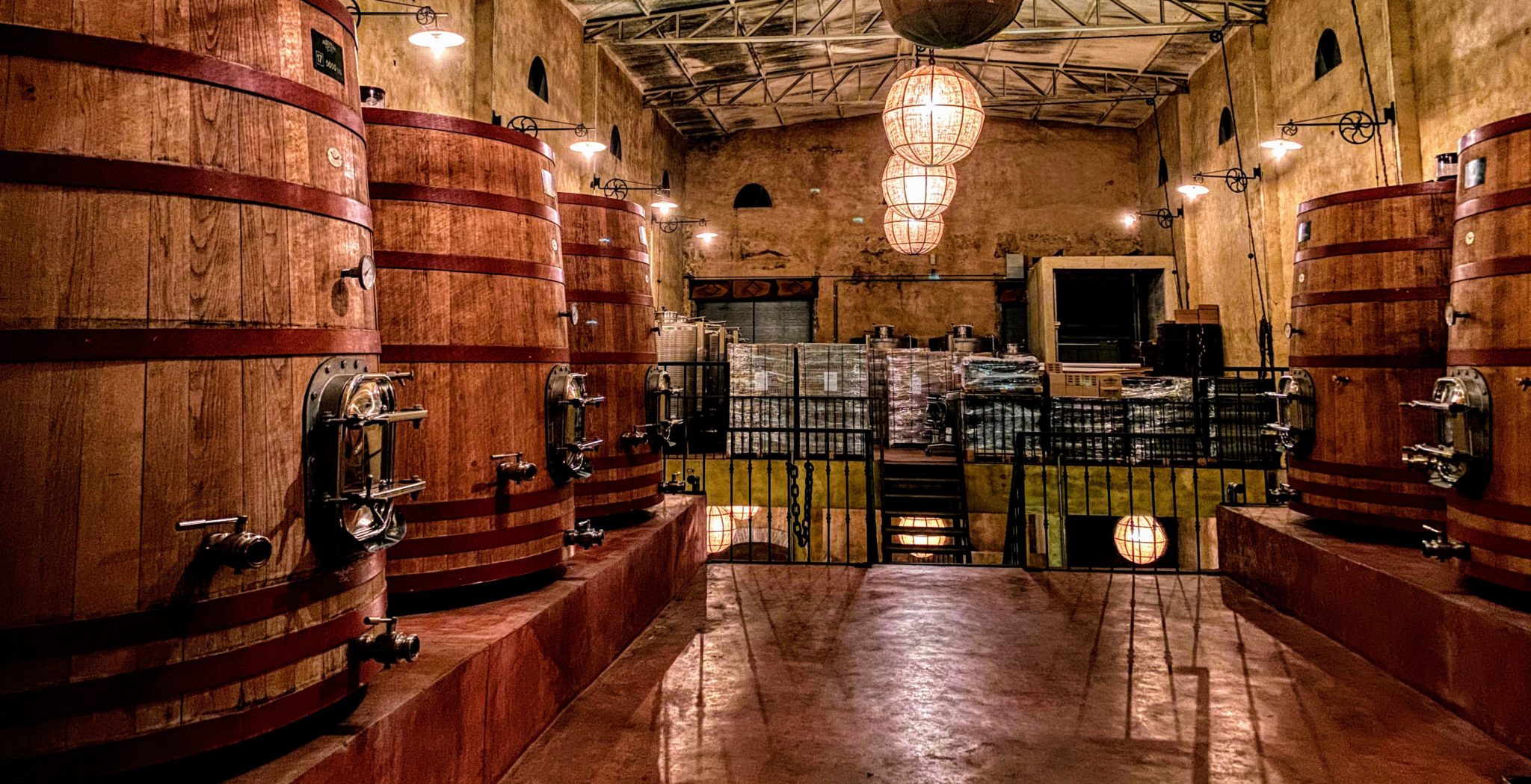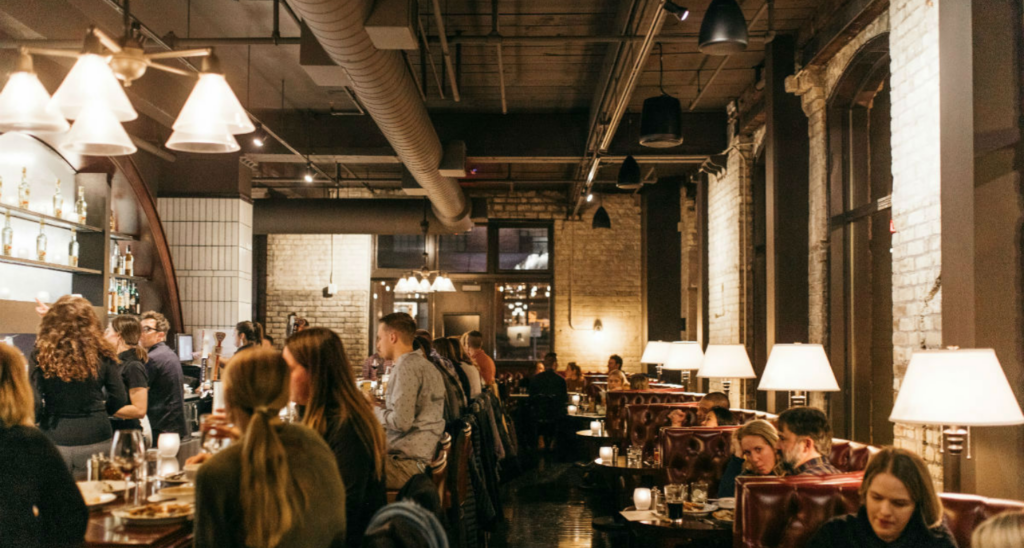June 21, 2022
The trip was jinxed. All six of us knew it.
It was planned as a self-guided bike trip to Costa Brava, meaning no tour operator was engaged. It was us (clearly, doomed from the start). Then it was postponed because of Covid.
Three times.
Then came issues with bike availability. Next the hotels got weird, and the flights even weirder (the universal explanation of “because of Covid” is now commonplace, but achingly painful).
A month before, Spain announced odd requirements and restrictions, the set of which read like an appliance-instruction-manual-meets-a-horoscope (equal parts instructional and arbitrary). The hotels announced their reopenings, but with limited staff and hours. What does that mean? We have to sleep in the parking lot every other night? Breakfast is only offered on Tuesdays? The details were sketchy at best.
And, of course, none of us really remembered why we chose Spain or Costa Brava in the first place. Personally, I was cheering for somewhere Spanish-speaking so that I could put the last 455 days of Duolingo to good use (what I have to show as my “because of Covid”). And Cava flows like water in this part of Spain. As the inspiration for our mantra of Everyday Champagne, it would be like visiting the mothership.
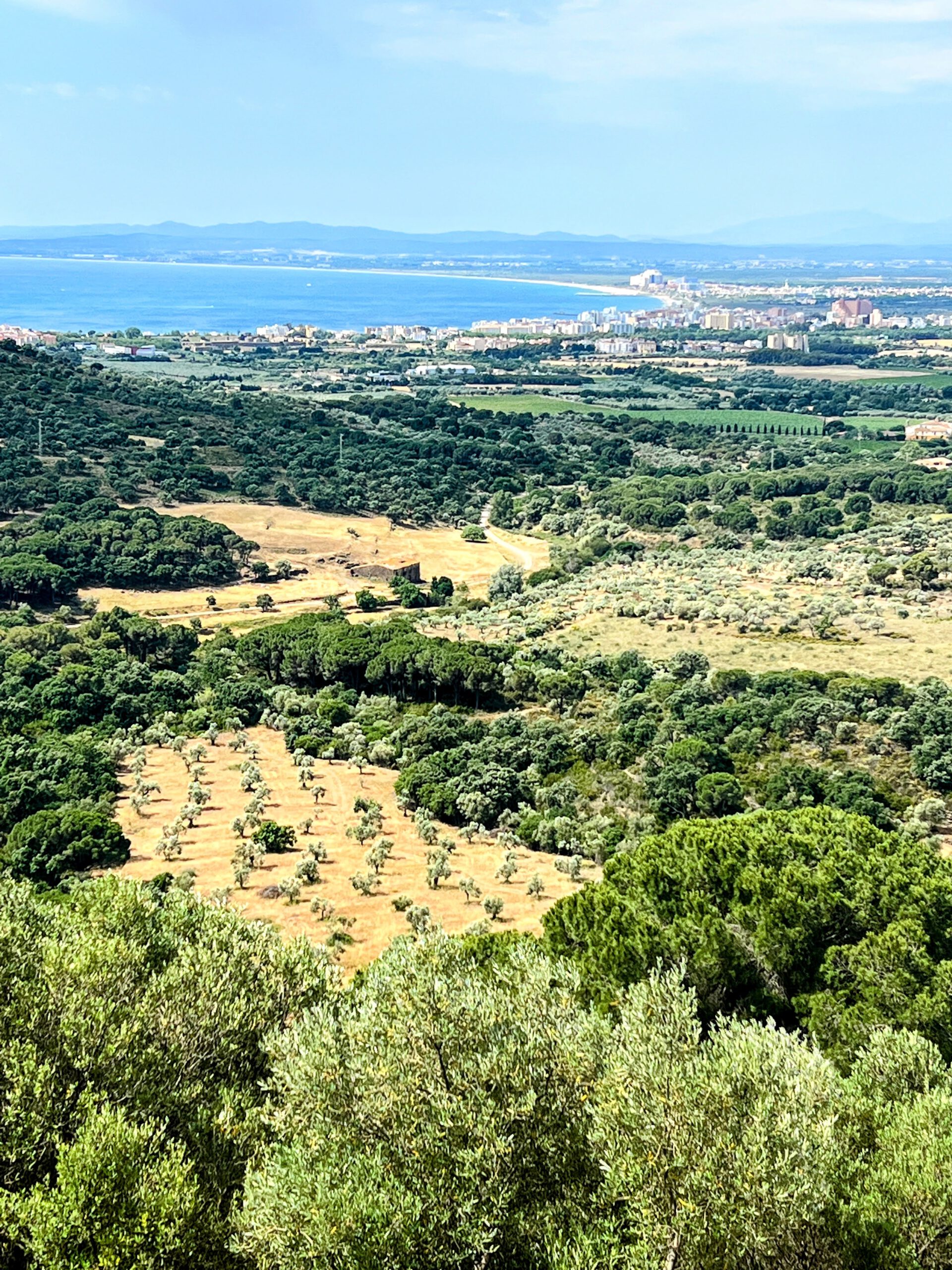
But it’s a big world. Why was our first post-Covid bike trip here? After being planned and unravelling so many times, it started to lose all appeal. Our last group email exchange read something like “Every sign points to no; are you sure we’re still all in?”
Laziness and Duolingo prevailed. We simply didn’t have the energy to unravel for the fourth time. So we proceeded with our jinxed, self-guided biking trip to Costa Brava/Catalonia (Catalunya), sandwiched between days in Barcelona.
Before we get to the recommendations (yes, this is an incredible place to visit, despite what you may be gleaning from the above negativity), here are a few rules of the road if you’re looking to take your own jinxed, self-guided biking trip with a misfit group of six:
- By all means, ignore all wrong-way road signs. The head shakes and finger wags from townspeople are simply signs of encouragement. (Note: Drivers are very respectful until you face them head-on going the wrong way.)
- Always believe Google Maps. Of course that squiggly thing is a road; what else would it be?
- If riding e-bikes, definitely do not check to ensure they’re charging the night before. Roll the dice, and truly embrace the experience of trying to pedal an unpowered 100-lb tank up a 10% grade.
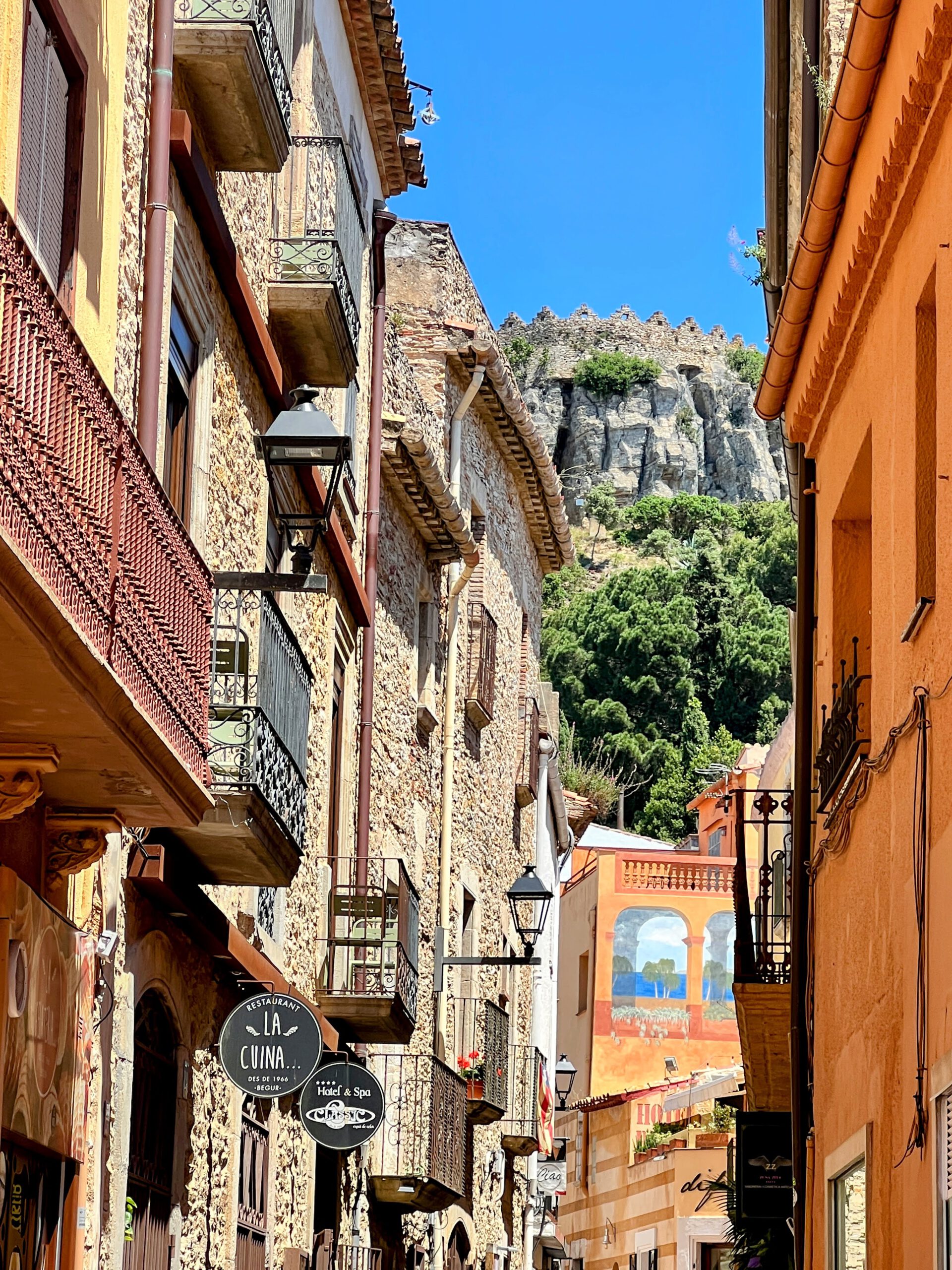
- When riding with a group and you’re the first to find the next “impossible to miss” turn, do not stop and wait for your friends. It’s a fun bonding experience to get them lost and riding the hills in circles. (Getting lost by car is annoying, but easy. Getting lost by bike and adding another 20 kilometers to the ride results in a lot of humor failure.)
- Never believe a dead-end sign or road-closure markings. Otherwise, you’d miss the experience of pushing your bike through beach sand, or staring down a herd of cows.
- Always drink at lunch. Sobriety takes the fun out the 30-kilometer return ride.
- When riding the wrong way on a street (see above) and encountering a car head-on, always try to jump the curb onto the sidewalk with the aforementioned tank that you’re pedaling. You will absolutely, definitely not fall.
In case the sarcasm hasn’t translated—ignore the above. In spite of our idiocy (falling repeatedly, getting lost daily, and painfully learning how much climbing a “squiggly line” means), we had a trip filled with spectacular scenery, lots of food and wine, great hotels, and daily, uncontrollable belly laughs.
Costa Brava:
By my (personal, edited) definition, Costa Brava is comprised of the rugged coastline and area extending from just north of Barcelona to the border of France, about 120 kilometers along the Mediterranean covered by seaside resorts, coastal villages, and small medieval towns set in the midst of rich farmland that grows grapes, olives, fruits and nuts—all with a view of the Pyrenees in the distance. In short, it is a perfect combination of water and coastline meets quintessential European village. It’s Spain’s version of Tuscany, with a coastline bonus.
Yes, it has a ton of appeal.
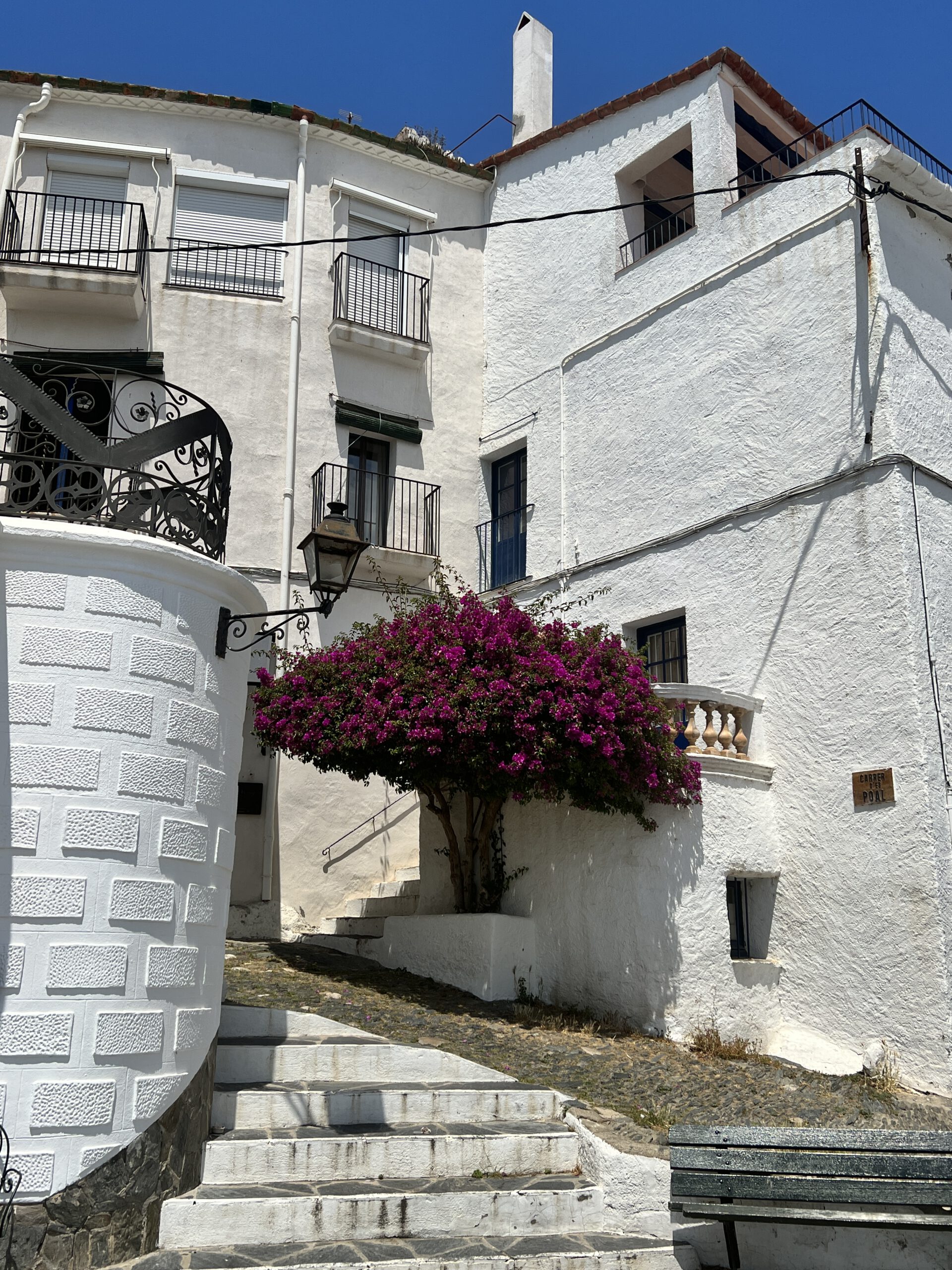 We chose to start further north (Alt Emporda, a county in Girona) and head south (Baix Emporda), with a few days in Barcelona on either end.
We chose to start further north (Alt Emporda, a county in Girona) and head south (Baix Emporda), with a few days in Barcelona on either end.
- Girona is big, but worth a stop to see the old town (including the Jewish Quarter and Cathedral, and walking on the city walls) or for a stroll along the River Onyar to see the hanging houses. It’s also flush with great restaurants. But if you’re looking to take in the land and countryside, opt for more rural locations.
In the more northern area, the quintessential hotel experiences include: - Mas Falgarona Hotel and Spa (closer to Figueres, which is a must-stop if you’re a Salvador Dali fan)
- Mas Lazuli (a better location than staying in the ultra-touristy beach areas of Empuriabrava or Roses)
From both of these hotels, there are spots not to be missed:
- Cadaques: An incredible beach town that becomes even more incredible when you bicycle up and over the very squiggly line from the Bay of Roses. There are two notable restaurants here: Bar Boia (tapas and cocktails on the beach, defying our usual ethos of “better location, worse experience”) and Compartir, a Michelin-star spot from an El Bulli For Dali fans, his former house here is now a museum (Portlligat). Head a little further northeast to the lunar landscape of the Cap de Creus peninsula for a beautiful network of vistas and hiking trails, with a lighthouse and great outdoor dining at the Restaurant Cap De Creus.
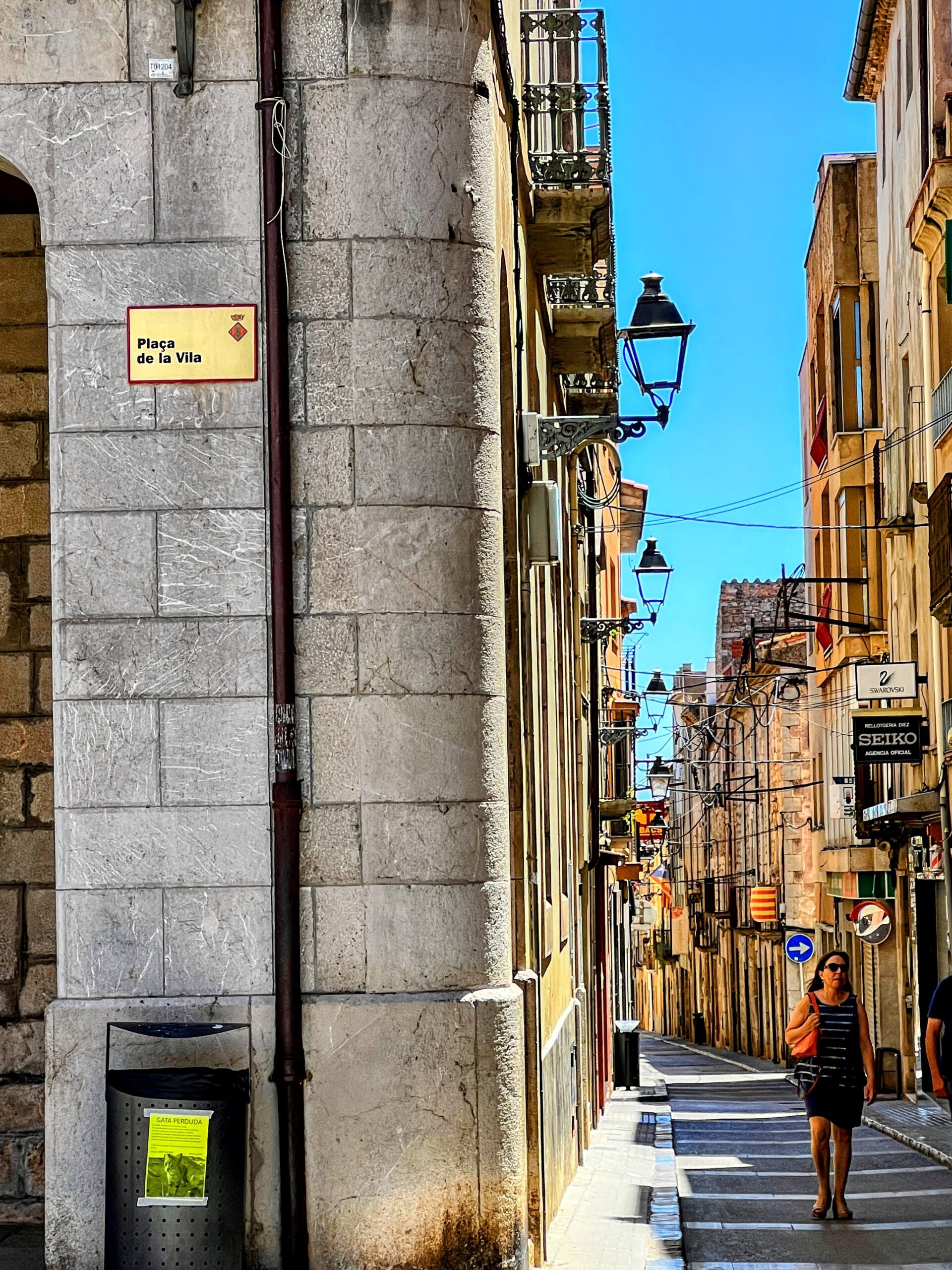
- There are many charming villages to visit here. Of note are Castello d’Empuries and Sant Marti d’Empuries, both perfect for a leisurely stroll and a coffee at on one the cafes on the square. Near L’Escala, explore the remains of an uncovered Greco-Roman city — but don’t visit on a weekend unless you like lots of cars and people.
- If you want to have a bit of beach exposure, walk the boardwalk in Roses and have lunch at Bitakora on the marina for the freshest of seafood.
After about 3 days here, it’s time to head to the more Central Costa Brava. Our favorite home base was the hotel Mas de Torrent. It’s just the right size, with a central location between villages and the coast, and spectacular grounds.
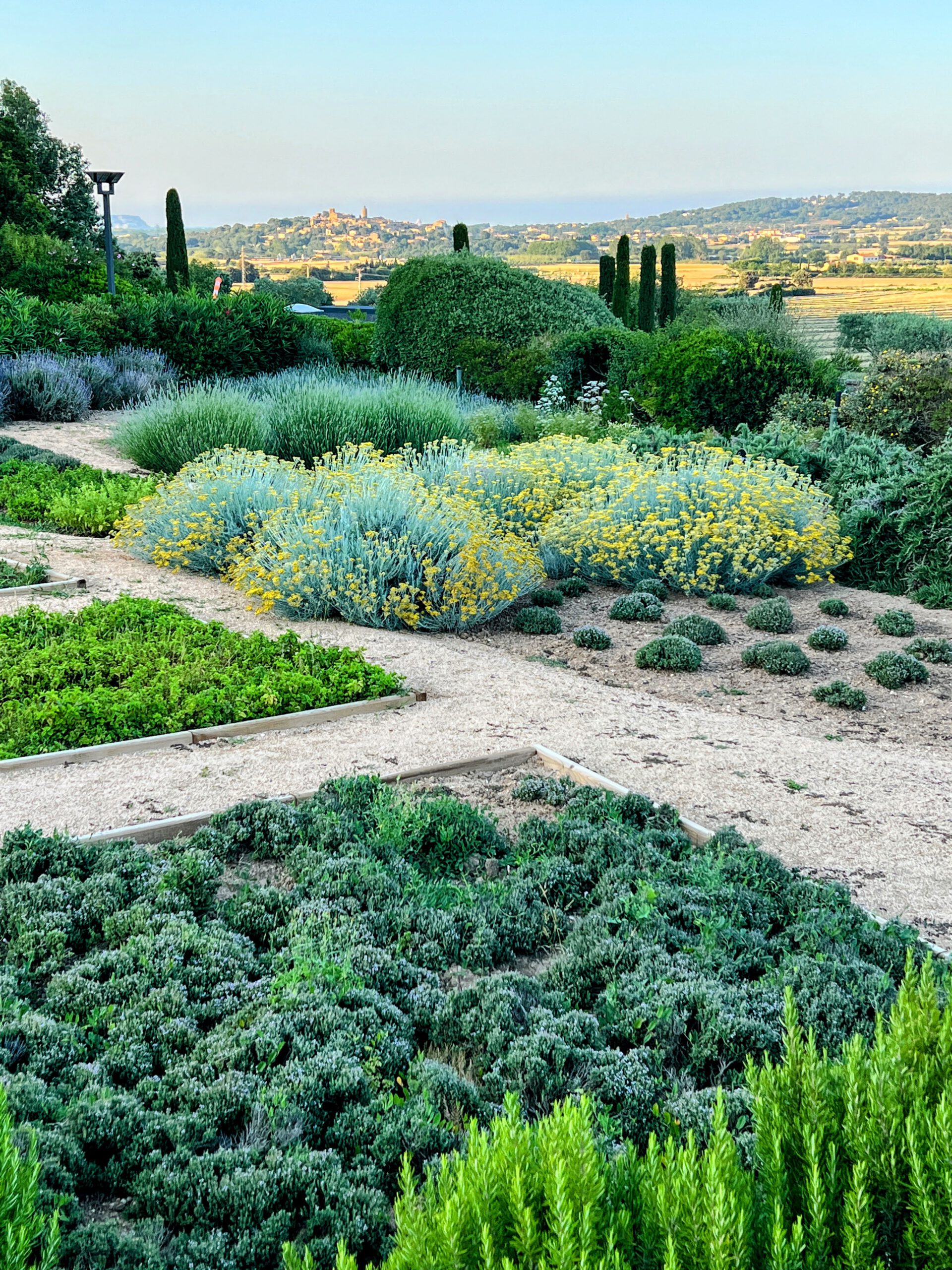
From here, spots not to miss:
- The beach areas between Sa Riera, Aiguafreda, Sa Tuna, and Platja Fonda, each with a coastal walking path around their bay areas. For destination restaurants, check out Sa Tuna or Toc Al Mar, right on the beach.
- Begur is a beautiful hilltop town (please note that “hilltop” takes on an entirely new meaning when on a bike—so you know it’s worth it). Casa Juanita is the most well-known restaurant, but there are many quaint local places nearby with hidden courtyard seating. Rule of thumb: Get just off the central square to avoid tourists.
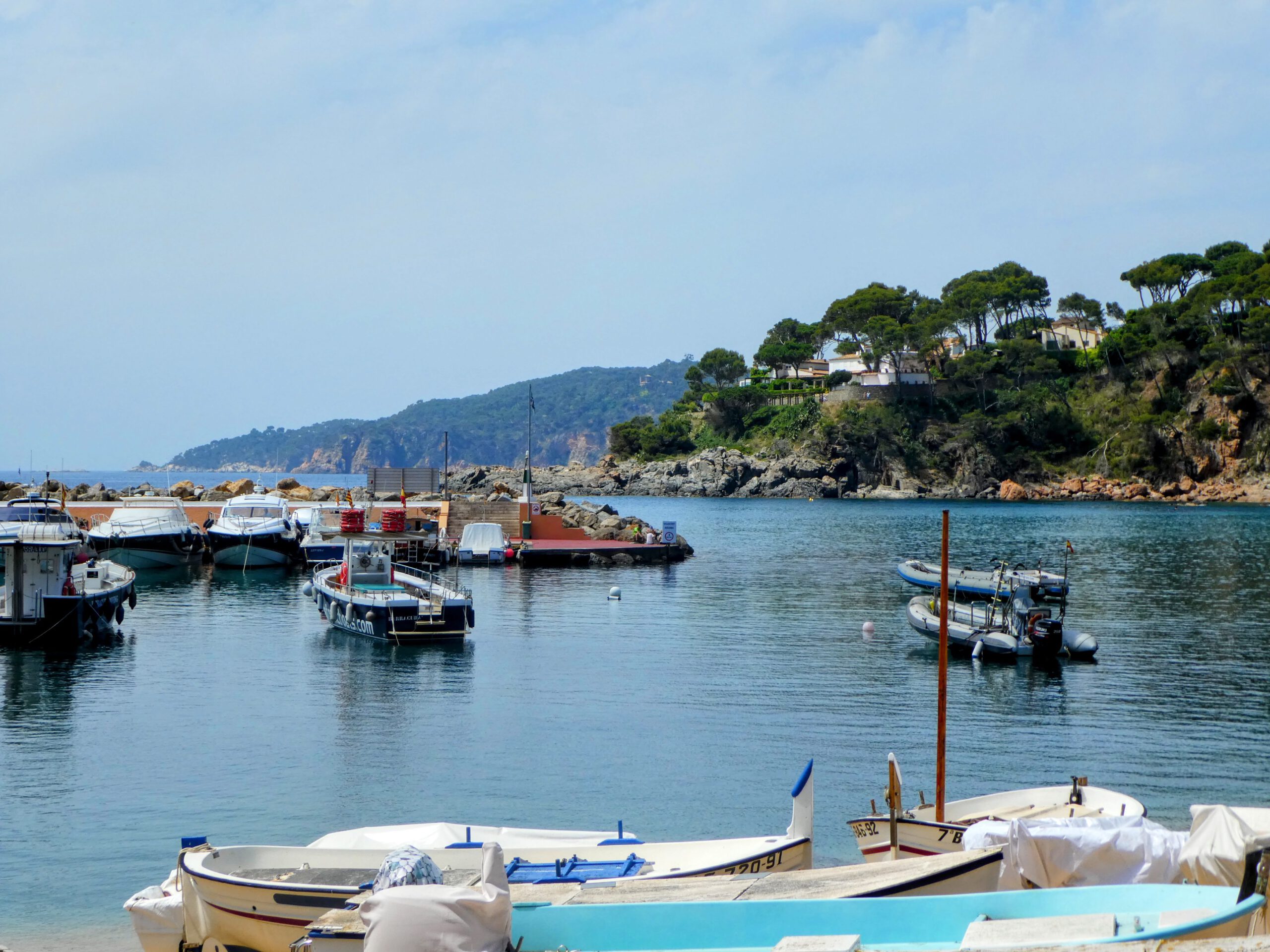
- Calella de Palafrugell is a coastal holiday resort and fishing village, a little smaller than the nearby Palamos, which is a fishing village famous for gambas (shrimp). Both a must to visit.
- Very close to Mas de Torrent is a medieval village named Pals that makes a perfect backdrop for all the pictures from the hotel. It’s worth exploring, and has a mirador on high with views of the area.
- Closer, coast-wise, to Barcelona are the more well-known Sant Feliu de Guixols and Tossa de Mar. These are the big beach holiday resort areas, so we opted out, but four of our group members stayed at Alabriga in Sant Feliu and loved the location.
The real summary of Costa Brava?
- Don’t spend your time in a car. Get outside on bikes/e-bikes (just make sure they’re charged), or try hiking: It’s the best way to see, smell, and experience the coast… And meet the baby goats.
- Do eat the fresh seafood as much as possible. There aren’t a lot of culinary highlights here (all tapas, all the time), but the fresh seafood is one of them.

- Don’t overdo it on the croquettes found on every menu. They’ll fry anything, and it’s all good.
- Do drink the local wine from Emporda, including at lunch.
- Don’t try to ride an e-bike without power.
- Do drink Cava (see direction about Emporda wine above; it bears repeating)
- Don’t bother trying to master Spanish, since they’ll just throw Catalan at you (so much for that Duolingo streak).
- Go.


